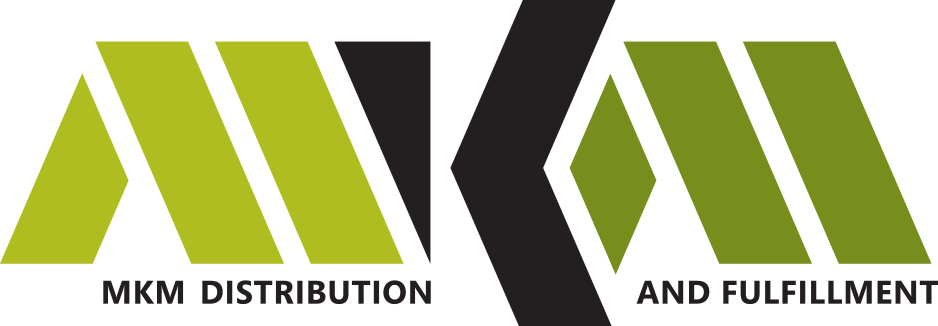How to calculate shipping costs for e-commerce fulfillment
One sure fire method to securing your demise is to underestimate the importance of your shipping and handling fees for e-commerce fulfillment. Too high or too low and you can wreck your e-commerce business model. If you charge too much, your cart abandonment rate can skyrocket. If you charge too little, your profit margins can quickly disappear.
For most online merchants, cost of goods sold and operating costs are fairly easy to calculate. But shipping and fulfillment costs are sometimes difficult to determine, by comparison. One way to handle this problem is to reduce the complexity of shipping and handling to a single spreadsheet that captures everything you need to know.
Determine Current Rates and Volume
First, gather all the facts about your current shipping costs.
Determine current shipping rates.
To begin, you will need:
The current USPS rate chart for USPS shipments.
The UPS daily pick-up rate chart if you have a UPS or FedEx contract.
The UPS retail rate chart if you drop off your parcels at a UPS or FedEx store.
Please note that the published daily pick-up UPS and FedEx base rates and surcharge rates are the same – there are some minor differences in the retail rates (sometimes called counter rates) that are charged by UPS stores and FedEx.
Determine surcharge rates.
These are typically the USPS delivery confirmation fees, UPS and FedEx residential and delivery area surcharges and the UPS and FedEx fuel surcharge.
Estimate surcharge volume.
This is the percentage of your UPS and FedEx parcels that are subject to the residential surcharge and to the delivery area surcharge. You will also need to estimate the percentage of your USPS parcels that include the delivery confirmation option.
Determine your per-order warehouse and supplies expense.
To do this, add your monthly warehouse labor cost, shipping supplies expense, and facility cost (excluding USPS, UPS or FedEx delivery costs) and divide this by your average monthly shipping volume. For example, if your total warehouse and supplies is $5,250 per month and you ship 1,000 orders per month, the per order cost equals $5.25.
Per-Order Costs
Then, calculate your average, per-order shipping and handling costs. Using a spreadsheet, include current USPS and UPS base rates and surcharges rates. Include a line item for warehouse and supplies expense and surcharge usage factors, such the UPS residential delivery surcharge. When a rate calls for a zone designation, use Zone 5, which is about the average amount compared to the entire Zone 2 to Zone 8 cost range. You can easily change these assumptions to match the facts of your unique shipping and handling situation.
With this simple model, you can project your actual shipping and handling cost for each package weight as well as rate-shop between carriers and delivery methods.
Compare Sales Amounts to Shipping, Handling Costs
Next, compare your individual sales totals to their corresponding shipping and handling costs. Since you now know your shipping and handling costs by package weight, simply compare a representative sample of your per-order sales totals to their individual package weights and associated real shipping and handling costs.
From this, you can develop your shipping and handling fee strategy. You may even be able to introduce free delivery because you know the true cost to your bottom line. Moreover, you can use this information to compare your in-house order fulfillment costs with outsourced fulfillment options to either expand your capabilities or reduce costs.
Summary
Setting your online shipping and handling fees too high or too low can cost you more than you think. But, it really isn’t that difficult to create a shipping-and-handling cost model based on package shipping weights, and when you do, you’re operating from a position of knowledge and can manage your business more effectively.
Want to learn more? Contact us and we'll be happy to talk.

